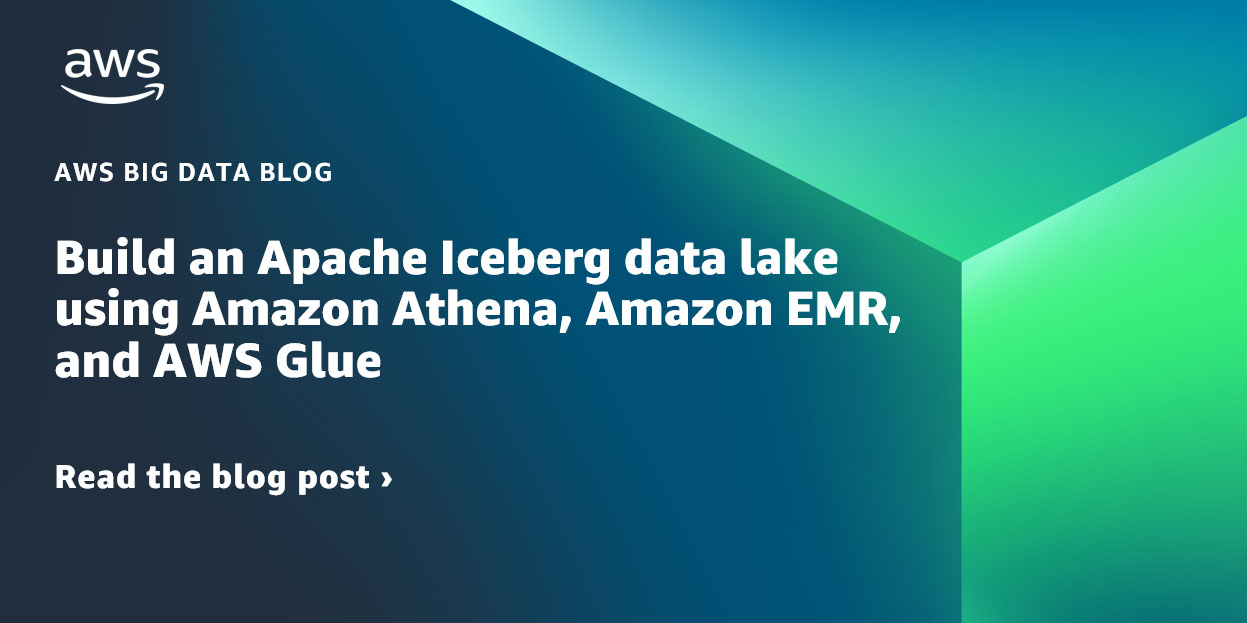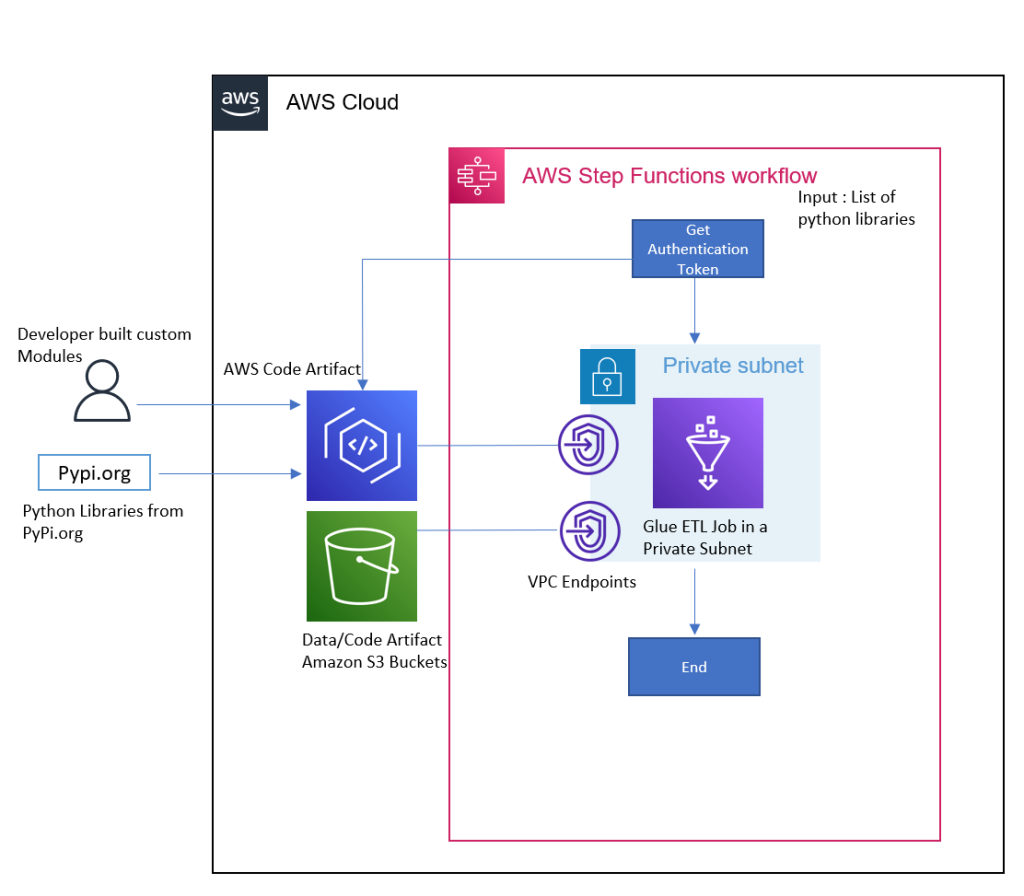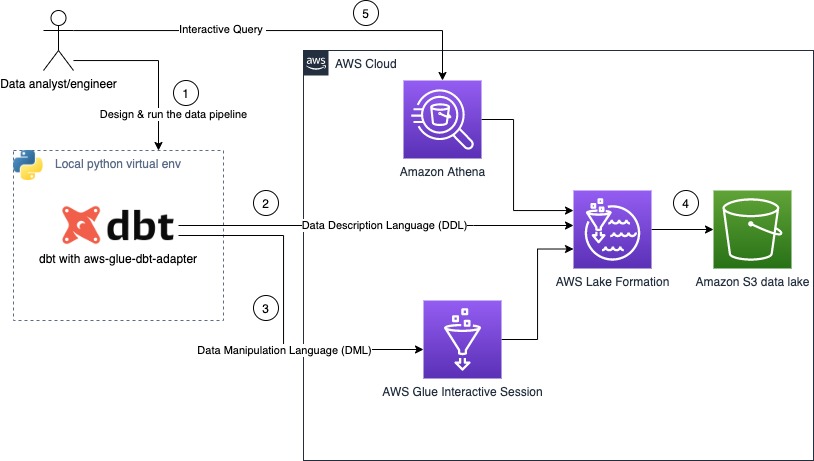AWS Big Data Blog
Category: AWS Glue
Build an Apache Iceberg data lake using Amazon Athena, Amazon EMR, and AWS Glue
March 2024: This post was reviewed and updated for accuracy. Most businesses store their critical data in a data lake, where you can bring data from various sources to a centralized storage. The data is processed by specialized big data compute engines, such as Amazon Athena for interactive queries, Amazon EMR for Apache Spark applications, […]
Implement a CDC-based UPSERT in a data lake using Apache Iceberg and AWS Glue
May 2023: This post was reviewed and updated with code to read and write data to Iceberg table using Native iceberg connector, in the Appendix section. As the implementation of data lakes and modern data architecture increases, customers’ expectations around its features also increase, which include ACID transaction, UPSERT, time travel, schema evolution, auto compaction, […]
How GE Proficy Manufacturing Data Cloud replatformed to improve TCO, data SLA, and performance
This is post is co-authored by Jyothin Madari, Madhusudhan Muppagowni and Ayush Srivastava from GE. GE Proficy Manufacturing Data Cloud (MDC), part of the GE Digital’s Manufacturing Execution Systems (MES) suite of solutions, allows GED’s customers to increase the derived value easily and quickly from the MES by reliably bringing enterprise-wide manufacturing data into the […]
Optimize Federated Query Performance using EXPLAIN and EXPLAIN ANALYZE in Amazon Athena
Amazon Athena is an interactive query service that makes it easy to analyze data in Amazon Simple Storage Service (Amazon S3) using standard SQL. Athena is serverless, so there is no infrastructure to manage, and you pay only for the queries that you run. In 2019, Athena added support for federated queries to run SQL […]
Simplify and optimize Python package management for AWS Glue PySpark jobs with AWS CodeArtifact
Data engineers use various Python packages to meet their data processing requirements while building data pipelines with AWS Glue PySpark Jobs. Languages like Python and Scala are commonly used in data pipeline development. Developers can take advantage of their open-source packages or even customize their own to make it easier and faster to perform use […]
A serverless operational data lake for retail with AWS Glue, Amazon Kinesis Data Streams, Amazon DynamoDB, and Amazon QuickSight
Do you want to reduce stockouts at stores? Do you want to improve order delivery timelines? Do you want to provide your customers with accurate product availability, down to the millisecond? A retail operational data lake can help you transform the customer experience by providing deeper insights into a variety of operational aspects of your […]
Integrate AWS Glue Schema Registry with the AWS Glue Data Catalog to enable effective schema enforcement in streaming analytics use cases
August 30, 2023: Amazon Kinesis Data Analytics has been renamed to Amazon Managed Service for Apache Flink. Read the announcement in the AWS News Blog and learn more. Metadata is an integral part of data management and governance. The AWS Glue Data Catalog can provide a uniform repository to store and share metadata. The main […]
Synchronize your AWS Glue Studio Visual Jobs to different environments
June 2023: This post was reviewed and updated for accuracy. AWS Glue has become a popular option for integrating data from disparate data sources due to its ability to integrate large volumes of data using distributed data processing frameworks. Many customers use AWS Glue to build data lakes and data warehouses. Data engineers who prefer […]
Author AWS Glue jobs with PyCharm using AWS Glue interactive sessions
Data lakes, business intelligence, operational analytics, and data warehousing share a common core characteristic—the ability to extract, transform, and load (ETL) data for analytics. Since its launch in 2017, AWS Glue has provided serverless data integration service that makes it easy to discover, prepare, and combine data for analytics, machine learning, and application development. AWS […]
Build your data pipeline in your AWS modern data platform using AWS Lake Formation, AWS Glue, and dbt Core
dbt has established itself as one of the most popular tools in the modern data stack, and is aiming to bring analytics engineering to everyone. The dbt tool makes it easy to develop and implement complex data processing pipelines, with mostly SQL, and it provides developers with a simple interface to create, test, document, evolve, […]









